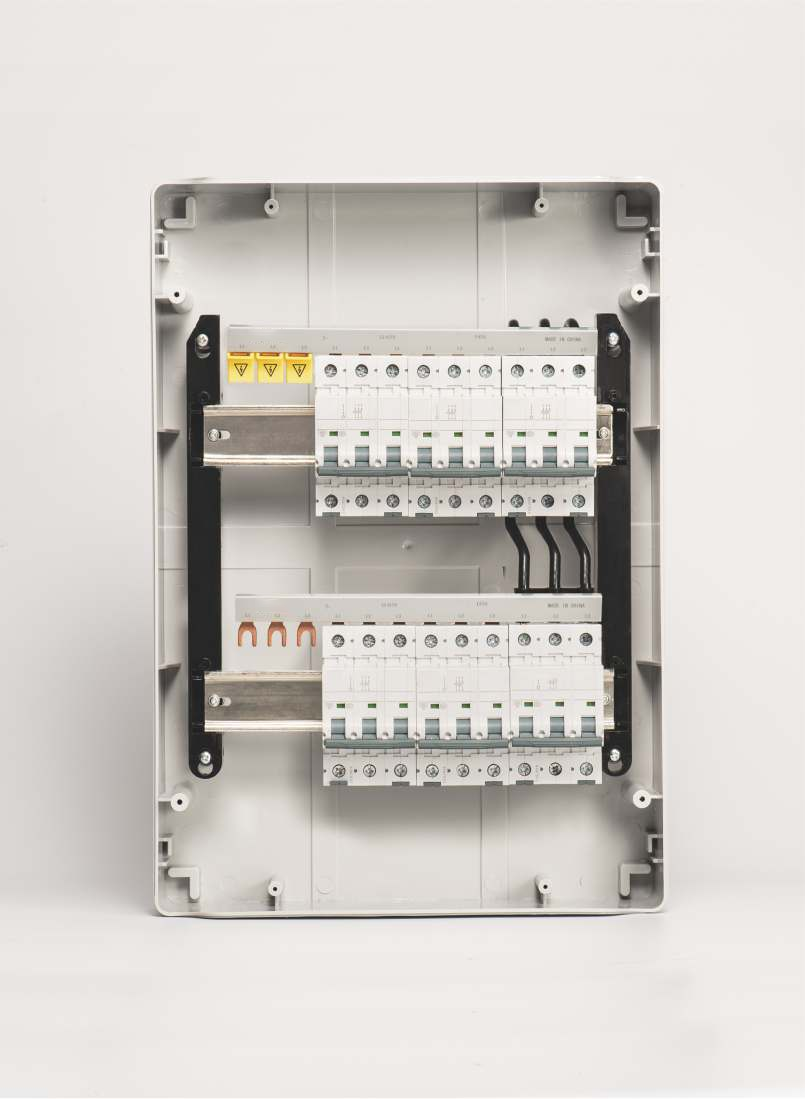Comprehensive Busbar Guide: Design, Installation & Maintenance Best Practices
This extensive guide provides electrical engineers and technicians with advanced knowledge on busbar design, installation, maintenance, safety, fault protection, and optimization techniques for industrial, commercial, and renewable energy applications.
Introduction to Busbars
Busbars are critical components in power distribution systems. Their proper engineering ensures efficient, reliable, and safe energy transfer in industrial plants, commercial buildings, data centers, and renewable energy installations. This guide covers design principles, material selection, installation practices, maintenance, and optimization strategies.
Types of Busbars
- Copper Busbars: High conductivity, low resistance, excellent heat dissipation, used for high-current systems.
- Aluminum Busbars: Lightweight, cost-effective, requires larger cross-section and oxidation protection.
- Laminated Busbars: Multiple thin copper layers insulated from each other for compact and low-inductance designs.
- Insulated Busbars: Coated with epoxy or PVC insulation for enhanced safety in confined spaces.
Material Selection & Properties
Choosing the right material is crucial for reliability and performance:
- Electrical conductivity and resistive losses.
- Thermal expansion coefficient for temperature stability.
- Mechanical strength for structural support.
- Corrosion resistance for environmental exposure.
- Surface treatments (tinning, silver, nickel) for enhanced conductivity and protection.
Design & Current Capacity Calculation
Design considerations include:
- Continuous current rating (ampacity) using IEC, IEEE, or NEC standards.
- Voltage drop limits across busbar segments.
- Short-circuit withstand capacity for fault scenarios.
- Busbar cross-section, spacing, and phase alignment for safety and performance.
- Finite Element Analysis (FEA) simulations for electrical, thermal, and mechanical optimization.
Thermal Management
Heat is a primary concern in busbar systems:
- Proper cross-section sizing to reduce resistive heating.
- Natural convection or forced cooling in enclosed panels.
- Temperature sensors and infrared monitoring to detect hotspots.
- Flexible mounting to accommodate thermal expansion and contraction.
Installation Guidelines
- Ensure power is isolated and lockout/tagout procedures are in place.
- Verify busbar specifications, alignment, and supports before installation.
- Tighten bolted connections with calibrated torque tools according to manufacturer specifications.
- Maintain required phase spacing, clearances, and insulation coordination.
- Document installation with photographs, measurements, and torque logs.
Maintenance & Monitoring
- Visual inspection for corrosion, deformation, or discoloration.
- Torque checks on bolted connections periodically.
- Infrared thermography to detect hotspots under load.
- Micro-ohm resistance tests to identify early contact degradation.
- Cleaning and environmental protection measures.
Fault Protection & Safety Measures
- Short-circuit current withstand analysis and mechanical reinforcement.
- Protective devices coordination, such as circuit breakers and relays.
- Grounding and bonding for personnel and equipment safety.
- Use of protective barriers and insulation to prevent accidental contact.
Optimization Techniques
- Use of modular and pre-fabricated busbar systems for easier installation and maintenance.
- Reducing resistive losses by selecting optimal material and cross-section.
- Thermal management optimization through ventilation or forced cooling.
- Mechanical optimization with appropriate bracing and flexible supports.
Applications Across Industries
- Industrial power distribution and motor control centers.
- Data centers and commercial buildings requiring high reliability.
- Renewable energy systems: solar PV inverters, wind turbines, and energy storage systems.
- Modular switchgear and prefabricated busbar assemblies for scalable solutions.
Troubleshooting Common Issues
- Overheating caused by loose or corroded connections.
- Voltage drop issues due to undersized busbars.
- Mechanical sag or vibration-induced loosening.
- Short-circuit or fault damage requiring replacement of affected sections.
Standards & Regulations
- IEC 61439: Low-voltage switchgear and controlgear assemblies.
- IEEE 605: Busbar rating and installation guidelines.
- UL 857 / UL 891: Industrial control panels and busway assemblies.
- NEC compliance in the United States.
Frequently Asked Questions
Can aluminum busbars replace copper?
Yes, but aluminum requires larger cross-section and proper oxidation prevention. Current ratings differ from copper.
How often should busbar connections be inspected?
Initially after commissioning, then annually or according to load cycles and environmental conditions.
What is the recommended torque for busbar connections?
Always follow manufacturer specifications and use calibrated torque tools for accurate results.
Glossary of Terms
- Ampacity
- Maximum current a busbar can safely carry continuously.
- Torque
- Rotational force applied to fasteners, measured in Nm or lb-in.
- Short-Circuit
- Electrical fault causing excessive current flow.
- FEA
- Finite Element Analysis used for electrical, thermal, and mechanical simulation.
Conclusion
Comprehensive design, proper installation, safety compliance, maintenance, and optimization techniques ensure reliable busbar performance across all applications. Implementing best practices minimizes downtime, enhances efficiency, and extends service life in industrial, commercial, and renewable energy systems.



